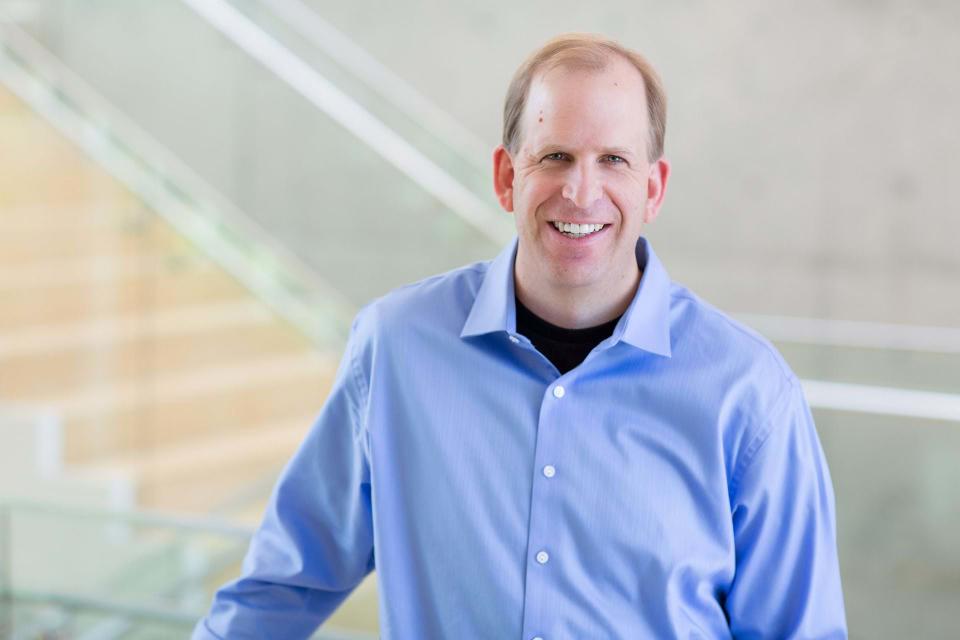How GIS software giant Esri uses profit to fuel its purpose

Esri isn’t a first responder, but it does run toward disasters.
The global provider of geographic information systems (GIS) software, location intelligence, and mapping has run a Disaster Response Program (DRP) since 1994. This worldwide effort, which reflects Esri’s sense of purpose, lets employees work with customers and responders during a crisis by making software and expertise available to them.
The DRP began with the Northridge earthquake in Esri’s home state of California. In the U.S., employees later stepped up for the Exxon Valdez oil spill, 9/11, the space shuttle Columbia crash, COVID, the Baltimore bridge collapse, and recent fires and floods in New Mexico.
During such times, Esri isn’t thinking about software licenses for customers who need help, says Brian Cross, who heads its professional services division. “We just say, ‘Get it out there—get the tools into people’s hands that can make a difference,’” Cross tells me. “We’ll worry about our long-term commercial relationship with these organizations later.”
Founded in 1969 by Jack and Laura Dangermond, Esri began as a consulting firm, using new ideas around computer mapping to help customers do things like land use planning. In the early 1980s, it became a software player, setting the stage for its growth to 5,500 employees today.
“But the ethics of our company really began with those humble roots of working in service to those customers,” Cross says.
Esri exists for three reasons, he notes: “One is to help our customers solve the world’s problems.” The second: “To make a place for our employees to do their life’s work, to contribute to something important, to feel that they’re making a difference.”
The third priority? Running a healthy business.
If that order sounds backward, it’s deliberate.
Cross isn’t knocking public companies, whose main goal is typically to maximize shareholder value. But as a private business, Esri sees careful stewardship of its capital and investments as a means to enable customer and employee success, he explains.
“That’s allowed us to take the long view in supporting the first two things,” Cross says. “Which allows us to think of our customers as partners, or as our shareholders or stakeholders, which changes the dynamic in how we work with them on a daily basis.”
It isn’t about how much money changes hands this month or next, Cross maintains: “By taking a long view, it really deepens trust in our relationships, because our customers see that we’re in it for the long haul with them.”
For employees who step up during a disaster, putting Esri’s core values into action builds camaraderie and trust, Cross says. Response to his DRP alerts is so strong that he has to turn people away. “One of the most gratifying things you can do in this industry is see the technology that you spend every day working on and improving put into use in times of disaster.”
Viewing income as a way to fund meaningful work with customers helps make a company healthier, Cross observes. (Businesses with high levels of purpose beat the market by 5% to 7% a year, one study found.) “One of Esri’s greatest assets is our long-term, loyal customer base, because we treat them as partners, because we do the right thing, time and time again.”
Of course, many businesses fail to live up to those words. Cross challenges companies to ask themselves: “How can you really demonstrate to your customers that you’re all in?”
X marks the spot.
Nick Rockel
nick.rockel@consultant.fortune.com
This story was originally featured on Fortune.com

 Yahoo Finance
Yahoo Finance 